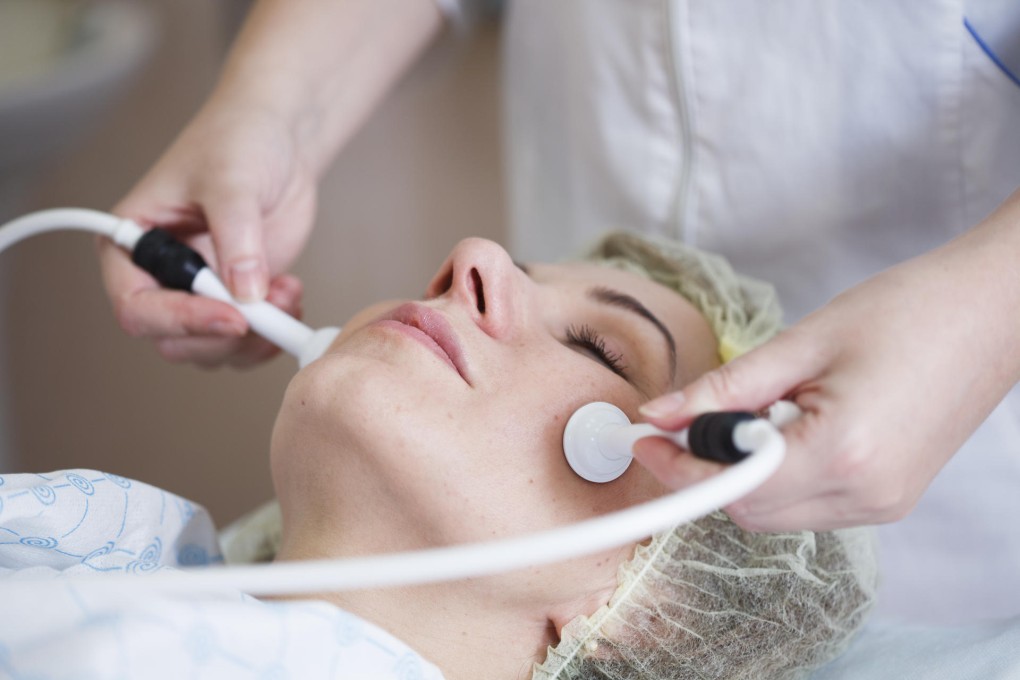
When Anne Clark, an Australian pharmacist in her mid-50s, consulted a surgical podiatrist in Perth for pain relief from bunions on her feet, his only prognosis was surgery.
Having seen her mother suffer from a similar condition, and the after-effects of botched bunionectomies, Clark was averse to the procedure. That's when she started to research alternative cures for bunions, and chanced upon "microcurrent" therapy.
Since it was unavailable in Australia, except for its use in beauty treatments and for pain management, Clark came to Hong Kong in 2012 to undergo microcurrent therapy with physiotherapist Milly Ng at Central Physiotherapy & Sports Injury Clinic. Ten microcurrent sessions later, Clark's feet were back to normal.
Proponents of microcurrent treatments claim that every tissue in the human body has a unique electrical frequency, which gets disrupted by injury or disease. Mimicking the natural electrical frequency of our tissues, treatments use low electrical currents to restore the normal frequencies in human cells. This can help in nerve and muscle pain relief.
The treatments also stimulate an increase in adenosine triphosphate, an energy-bearing molecule that assists in the biochemical functioning of the body and increases protein synthesis, which facilitates tissue repair.
It was Italian neurophysicist Carlo Matteucci's discovery in 1830 of injured excitable biological tissues in the body generating direct electrical currents that set the precedent for microcurrent therapy.
